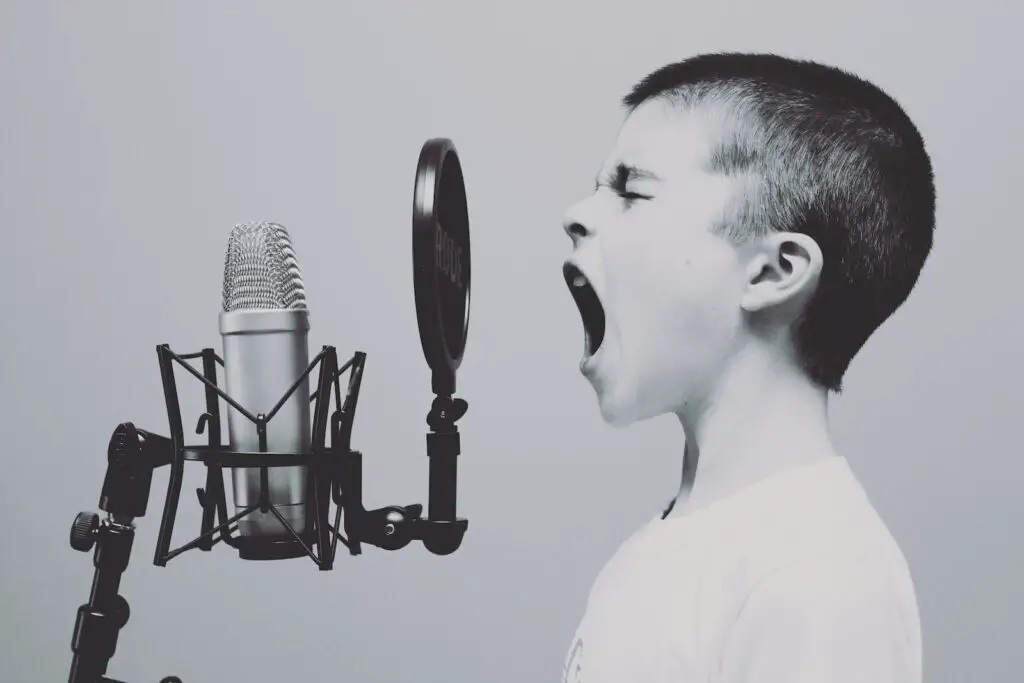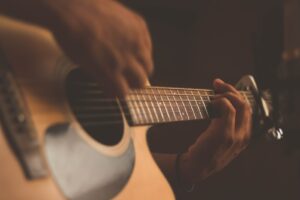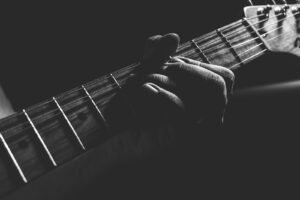Loud noises can damage microphones, particularly if their maximum sound pressure level rating is exceeded.
When sound pressure levels are too high, the microphone’s diaphragm may move beyond its physical limits and cause distortion or damage to the device.
The degree of damage to a microphone depends on several factors, such as its type and sensitivity, along with the intensity and duration of the sound being recorded.
Some microphones are designed to withstand high sound pressure levels, such as dynamic microphones used on stage for live performances.
Some may be more sensitive to damage from loud sound such as condenser microphones used in recording studios.
To protect your microphone, it’s best to keep the sound pressure level within recommended limits and use protective measures like pop filters, windshields, and shock mounts.
Maximum Sound Pressure Levels That Microphones Can Handle
Microphones are delicate instruments that can be damaged due to loud noises or physical impact.
In particular, high-velocity bursts of air produced by extremely loud noises have the potential to damage microphones permanently.
Tapping a microphone can cause damage, especially to ribbon and condenser microphones highly sensitive to physical impact.
Even if the microphone itself is unharmed by the tap, its sudden noise may harm the speaker system.
It’s best to avoid tapping any microphone as a precautionary measure.
Proper handling and storage of microphones are important to protect them from damage and maximize their performance.
Active Microphones and the Risk of Damage from Loud Sounds
Microphones are generally robust devices that can withstand various sound levels without damage.
It’s important to remember that the sounds that can damage microphones are much louder than what human ears can handle, so only high-velocity blasts of air produced by intense noises will do real harm.
Though microphones rarely experience such high levels of sound, there are some instances where they might need to be used in potentially hazardous settings.
Placing them near other powerful instruments that generates loud sounds can damage the microphone.
Therefore, it’s essential that the particular model used can handle such volumes without becoming damaged.
Always consult the manufacturer’s specifications for maximum sound levels that the microphone can withstand without damage.
Microphone Damage from Shouting
Shouting into a microphone can direct excessive saliva at its delicate inner workings, potentially damaging its delicate components.
Even if you don’t feel like spitting, microscopic particles from saliva on your breath can penetrate deep inside and act as corrosives for any microphone that comes into contact with them.
However, it’s essential to recognise that shouting into a microphone does not primarily damage its internal components due to its volume.
Smudges caused by saliva cause this slow but steady damage over time.
Can Damage Occur To A Microphone From Blowing Into It?
Blowing air into the microphone won’t harm it but may damage its loudspeaker in rare instances.
To be safe, say something such as “Test 1,2,3” or something similar when testing out your microphone – not only will this ensure its safety and give you insight into its operation.
However, it is essential to remember that ribbon microphones are more sensitive and delicate than other types of microphones.
Therefore, it is highly advised not to blow into them during testing as the stream of air might stretch or even rip the delicate ribbon.
Can Screaming Damage A Microphone?
Microphones are built to withstand high sound pressure levels, so shouting or screaming into one won’t cause damage or break it.
However, they may be sensitive to air blasts caused by vocal plosives. Consonants such as “p,” “t,” or “k” can create an abrupt burst of air when spoken or sung.
To prevent vocal plosives from damaging your microphone, a pop filter – simply a small mesh screen placed in front – is recommended to prevent damage.
The pop filter helps diffuse airborne plosives, preventing them from directly striking the microphone’s diaphragm.
It’s worth noting that condenser microphones are more sensitive to plosives than dynamic mics, so if you use a microphone, it is especially important to use a pop filter or adjust your microphone placement to reduce their impact from plosives.
What Are The Consequences Of Mishandling A Microphone?
It is essential to avoid certain practices when handling microphones to protect their internal components.
Individuals should not practice by tapping or banging on the microphone to check if it works properly, as this can damage its components.
Rather than trying to verify performance yourself, let an engineer verify it for you instead. Furthermore, it’s essential to handle microphones with extreme care and avoid dropping or mishandling them.
Even a minor misstep can result in loud bangs and severe damage to the device. When placing the microphone, ensure it’s securely positioned so it won’t fall accidentally.
Hold the microphone at an appropriate distance and angle for accurate sound capture. Taking good care of your microphone will extend its lifespan and guarantee optimal performance.
What Is The Sensitivity Range Of Microphones In Decibels?
Most analogue electret and MEMS microphones have a sensitivity range between -46 dBV to -35 dBV, meaning they can detect sound pressures ranging 5.0 mV/Pa to 17.8 mV/Pa.
This range is an optimal balance between the noise floor and the maximum acoustic input level.
The noise floor is the inherent noise generated by a microphone, and it can be as low as 29dB SPL for advanced MEMS microphones.
On the other hand, the maximum acoustic input level refers to the highest sound pressure level a microphone can handle before distortion or damage occurs.
Generally, most microphones can handle around 120dB SPL at maximum input level. However, these values may differ depending on the specific model and manufacturer of the microphone.
What Is The Importance Of Considering Microphone Frequency Response?
When selecting a microphone, it is essential to consider its frequency response–the range of frequencies it can capture from low to high, typically measured in hertz.
Frequency response can be assessed by listening to its lowest and highest frequencies; vocal recordings typically fall within this range 80 Hz to 15 kHz.
It’s worth noting that different microphones have varying frequency response ranges, which may make them incompatible with certain recording applications.
Mics with extended response ranges may be better suited for music recording, while those with narrower frequency responses are ideal for speech applications requiring a more limited response.
The choice of microphone and its frequency response range will depend on your recording needs and desired sound quality.





